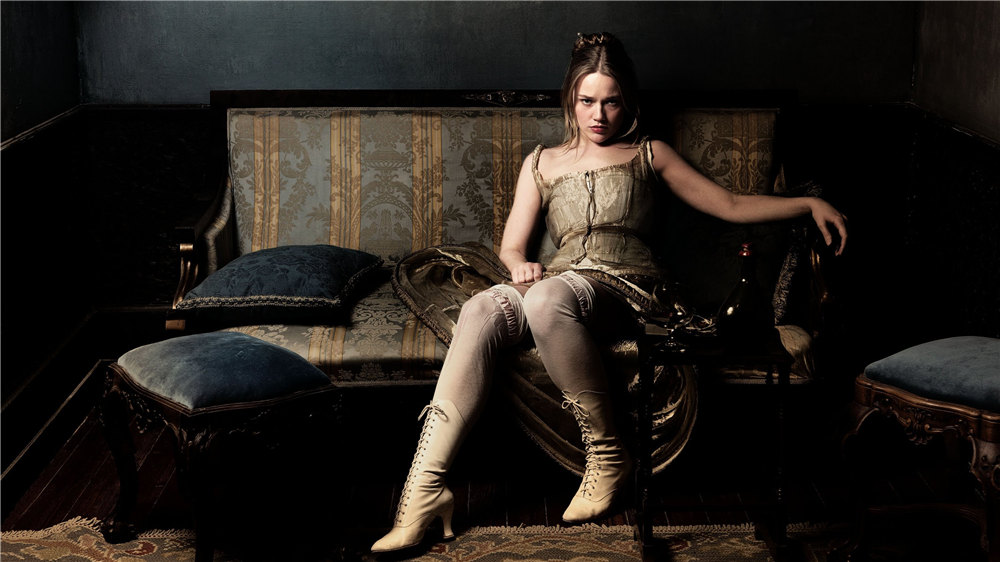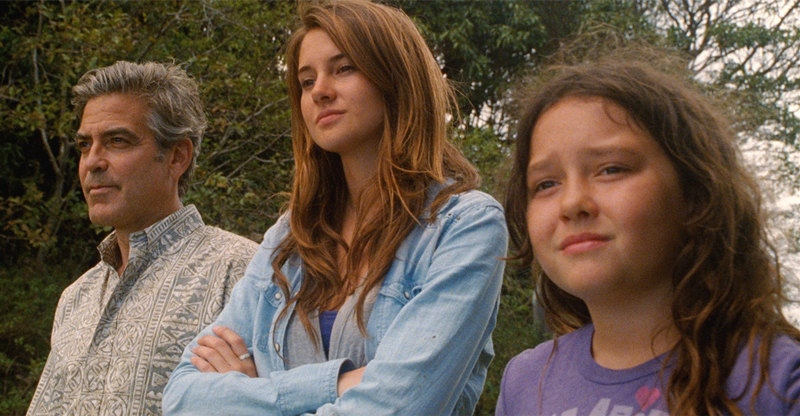I have mixed feelings about “The Long Riders,” and that puts it somewhere in the 6-7 range on the DVD Town scale.
On the one hand, there’s much to admire in this Walter Hill story of the James-Younger gang. To date it’s the second best film we have about Jesse James and his cohorts-“The Assassination of Jesse James by the Coward Robert Ford” (2007) is the best. Hill took a cue from Sam Peckinpah’s “The Wild Bunch” (1969) and opted for graphic, hyperrealistic violence–some of it slowed down–in this 1980 film. It’s also pretty genius of him to cast brothers to play outlaw brothers: David, Keith, and Robert Carradine are Cole, Jim, and Bob Younger; James and Stacy Keach are Jesse and Frank James; Dennis and Randy Quaid are Ed and Clell Miller; and Christopher and Nicholas Guest are Charlie and Robert Ford. When violence flares, it can be pretty spectacular. I don’t think I’ve seen a horse do a full somersault in any other film. Then there’s Ry Cooder’s folk score, Ric Waite’s cinematography, and intelligent writing from Bill Bryden, Steven Smith, and the Keach brothers–all of which add to the film’s rich atmosphere.
But while Hill seemed to be going for a revisionist take on the James Gang legend, even going so far as to question the robbers’ reputed “Robin Hood” status in the community, his portrait of the outlaws is so sympathetic that it’s also romanticized . . . and that stands in sharp, incongruent contrast with the film’s gritty realism. Then there’s the storyline itself. Three major action sequences come at the beginning, middle, and end, with just a few quick and not-terribly-violent robberies thrown in here and there. The rest of the film focuses on the gang’s personal lives. While the aim is admirable, those scenes go on too long, so that they don’t supplement a main plot involving the gang’s exploits; rather, they compete with the main plot. As for the performances, I thought that James Keach as Jesse James was as wooden as Washington’s teeth, with not nearly the same kind of bite. When a marquee player strikes you as bland, that’s not good. And for all the realism that this film embraces, it inexplicably veers off into fantasy land with the characters of Belle Starr (Pamela Reed) and Sam Starr (James Remar), turning the former into more whore than outlaw, a woman less imposing and dangerous than she was in real life.
As I watched “The Long Riders,” I found myself vacillating between admiration and impatience. As I thought about the film, inevitable comparisons to “Butch Cassidy and the Sundance Kid” and “Bonnie and Clyde” came to mind. I don’t think that “The Long Riders” has the same simple narrative through-line that these films offered, which may account for why some of the personal scenes felt like vignettes whose purpose I kept trying to guess. The personal lives don’t resonate the same way that they do in these other films.
That’s the good and the bad of “The Long Riders,” but the overall effect is such that you’re more apt to forgive the shortcomings than trample the film because of them. Mostly that’s because of the look. There’s a lyrical and poetic element to “The Long Riders” that accomplishes the same thing Peckinpah did with his slow-motion violence, making it somehow beautiful to watch–though maybe “beautiful” is too strong a word, considering that faces get shot up and riders on horseback gallop through windows.
If you know the Jesse James story, then the minute the gang rides into Northfield, Minnesota you know where that’s headed. Where it starts is a bank robbery that goes wrong because one of the gang–Ed–does something stupid that starts a shootout in which innocent people are killed. The scene is meant, of course, to show how Jesse James was really a good guy who was into robbing, not killing. We learn as well that (and here’s where Hill starts to romanticize even more) after the Civil War ended, the brothers ended up robbing a Union bank or payroll. And another. Then (shrug), “it just become a habit.” After the killing, Jesse kicks Ed out of the gang and the rest of them split up until things cool down. Some, like Cole Younger, go as far as Texas. That’s when we get a series of vignettes of their individual personal lives that really has the effect of a big man jumping on a tiny horse. It makes for a major second-act sag.
And yet, scenes like a knife fight between Sam Starr and Cole Younger over Belle, with the two men brandishing Bowie knives and kept close-at-hand with one of Belle’s scarves clenched between their teeth, are enough to make you forgive and forget all the slow scenes that seemed not to relate enough to the main plot. Those sequences work best from “The Long Riders” that remind you it’s the West, and it’s wild–rated R for extreme violence and brief nudity.
Video:
Fox didn’t appear to do much to clean this up, as there are scratches and flecks of dirt that turn up with some frequency, and some of the big-sky scenes have a great deal of atmospheric grain and noise. The visual images are a bit uneven, too. Some scenes are high-contrast with rich-looking colors, while others are a little on the soft side. Overall, though, I’d have to say that the rich-looking scenes far outnumber the softer ones. “The Long Riders” comes to 50GB Blu-ray disc via an AVC/MPEG-4 transfer, and don’t look for any artifacts. There are none to be found. As for DNR, the bare minimum has been applied here. It still looks like a 1980 film set in the Old West, but it’s not a great visual presentation.
Audio:
I haven’t run across many of these before, but the featured audio is actually an uncompressed DTS-HD MA in English Mono (2.0), with an additional audio option in French. As a result, it sounds old-timey, more loud than dynamic–but clear, at least. It’s also mixed at a level that prioritizes dialogue nicely, despite the heavy infusion of Ry Cooder’s American-style folk songs. Subtitles are in English SDH, Spanish, and French.
Extras:
There are no bonus features, unless you count the trailer; I don’t.
Bottom Line:
“The Long Riders” isn’t quite sure which way it wants to ride, but the action scenes and cinematography make up for any misdirection shortcomings. This is a violent Western that gets your adrenalin pumping, but then lulls you into a backporch sleep with the domestic sections. As I said, it falls in the 6-7 range, probably a 6.7, so I’ll round that number up.


